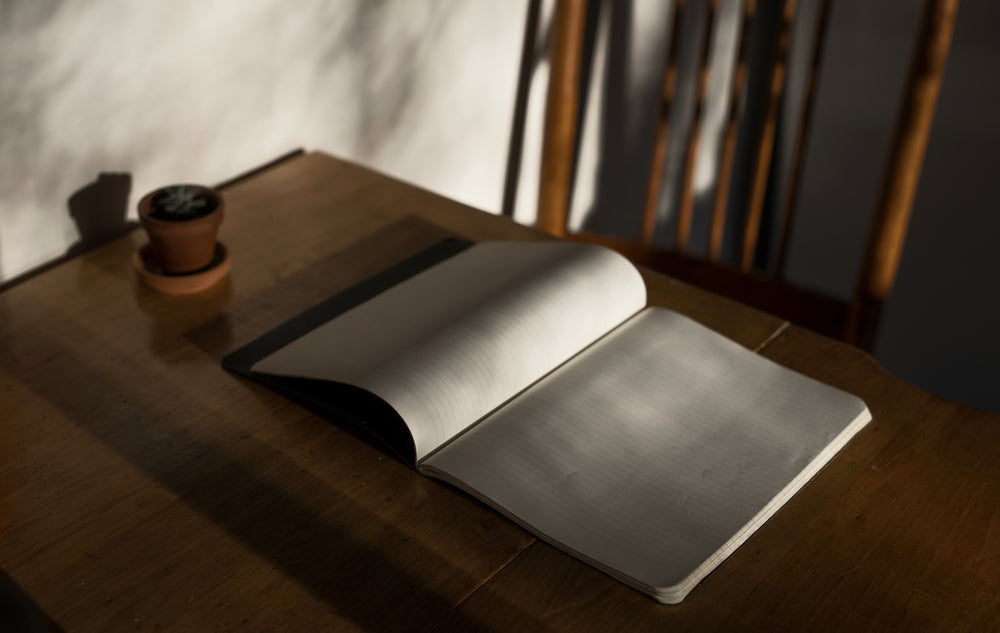How Many Types of Paper Do You Know?
When it comes to paper, there are many types, each serving different purposes. Understanding the different kinds of paper can help you choose the right one for your needs, whether you're printing, crafting, or presenting. Let’s explore some of the most common types of paper and their uses in an easy-to-understand way.
Common Types of Paper:
1.Printer Paper
Description: The most common type, used in everyday printing tasks.
Uses: Printing documents, letters, and homework assignments.
Features: Lightweight, smooth, and compatible with most printers.
2.Cardstock
Description: Thicker and more durable than printer paper.
Uses: Business cards, invitations, postcards, and craft projects.
Features: Heavier weight, sturdy feel, and professional appearance.
3.Photo Paper
Description: Specially coated paper for high-quality photo printing.
Uses: Printing photographs, art prints, and image-heavy documents.
Features: Available in glossy, matte, and satin finishes, enhancing color and detail.
4.Resume Paper
Description: High-quality, heavyweight paper often with a textured finish.
Uses: Resumes, cover letters, and important business documents.
Features: Textured or linen finish, making a strong impression on potential employers.
5.Recycled Paper
Description: Made from post-consumer waste, environmentally friendly.
Uses: General printing, eco-conscious projects, and sustainable business practices.
Features: Varies in quality, supports sustainability by reducing waste.
6.Specialty Paper
Description: Includes unique types like vellum, parchment, and thermal paper.
Uses: Specific applications such as drafting, certificates, receipts, and special projects.
Features: Each type has unique properties suited to particular uses.
More Specialized Papers
7.Vellum
Description: Transparent or translucent paper often used in arts and crafts.
Uses: Tracing, invitations, and overlays.
Features: Smooth, sometimes has a slightly frosted appearance.
8.Parchment
Description: A high-quality paper with a distinct texture, resembling ancient manuscripts.
Uses: Certificates, diplomas, and special documents.
Features: Rich, textured finish, giving a formal look.
9.Thermal Paper
Description: Paper coated with a material that changes color when exposed to heat.
Uses: Receipts, tickets, and labels.
Features: Smooth, heat-sensitive, used in thermal printers.
10.Watercolor Paper
Description: Thick, textured paper designed to absorb water without warping.
Uses: Watercolor painting and mixed media art.
Features: Available in different textures (cold-pressed, hot-pressed, rough) to suit various artistic techniques.
Choosing the Right Paper
Purpose: What are you using the paper for? Choose the type that best fits your project.
Printer Compatibility: Ensure the paper works with your printer type (inkjet or laser).
Finish and Texture: Think about the look and feel you want. Glossy papers are shiny, while matte papers are smooth and non-reflective.
Environmental Impact: If sustainability is important to you, opt for recycled paper.
Knowing the different types of paper can help you make the best choice for your projects. From everyday printer paper to specialized options like vellum and watercolor paper, each type has unique features and uses. By understanding these differences, you can select the right paper to achieve the best results, whether for printing, crafting, or presenting professional documents.




Leave a comment